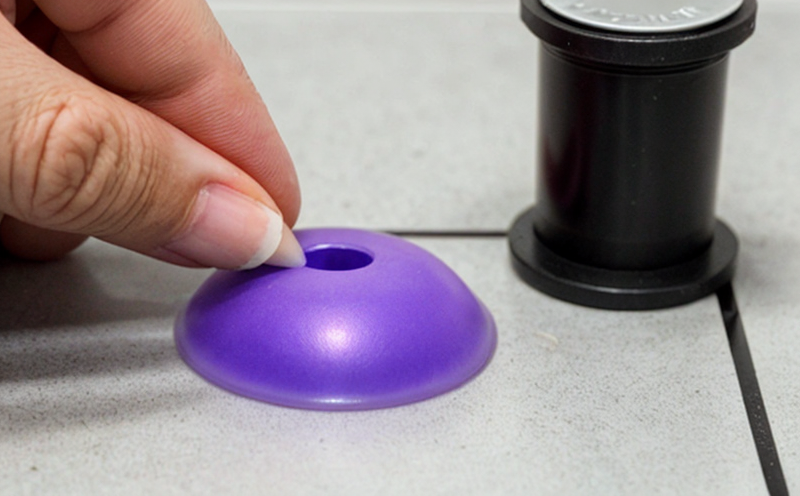ASTM E2109 Gas Sorption Analysis of Porous Materials
The ASTM E2109 standard test method is a cornerstone in the characterization of porous materials, particularly focusing on nanoparticle surface area and pore size distribution. This technique is critical for industries where precise knowledge of material properties can significantly impact performance and safety. By using physical adsorption at low temperatures (typically 77 K), ASTM E2109 enables accurate measurement of specific surface areas and pore sizes.
The method relies on the adsorption of gases such as nitrogen, argon, or krypton onto a solid material's surface. The amount of gas absorbed is directly proportional to the available surface area within the pores of the material. This makes ASTM E2109 particularly useful for analyzing nanoparticle surface areas and pore size distributions which are often challenging to measure using other techniques.
The technique is based on Brunauer-Emmett-Teller (BET) theory, where the adsorption data is analyzed to calculate the specific surface area. This method provides high precision and reproducibility, making it a preferred choice for quality control in various industries such as pharmaceuticals, electronics, and environmental science.
Preparation of samples for ASTM E2109 involves careful handling to avoid contamination or damage that could alter the material's surface properties. The sample is typically heated under vacuum to remove any moisture or volatile substances before analysis. This ensures accurate measurement by minimizing adsorption sites unrelated to the target nanoparticle surface.
The equipment used in ASTM E2109 includes a gas sorption analyzer equipped with high-pressure cells and temperature control systems capable of achieving very low temperatures. These instruments are specifically designed for the precise measurement required by this standard. The process involves adsorption isotherms, which are plots of the amount of gas adsorbed as a function of pressure at constant temperature.
After analysis, the data collected from the sorption isotherm can be used to calculate various parameters such as total surface area and pore size distribution. These values are reported in the final test report along with details on sample preparation, equipment used, and any precautions taken during testing. The results provide valuable insights into how the material's structure influences its performance characteristics.
For instance, in pharmaceutical applications, understanding nanoparticle surface area is crucial for optimizing drug delivery systems. In electronics manufacturing, precise knowledge of pore size distribution can enhance the efficiency of catalytic processes or improve the mechanical strength of composite materials. The ability to accurately measure these properties makes ASTM E2109 an indispensable tool across numerous sectors.
Industry Applications
- Porous materials used in pharmaceuticals for drug delivery systems
- Electronics industry for catalyst support and composite material reinforcement
- Environmental science for filtration media optimization
- Energy sector for fuel cell development and battery electrode design
Eurolab Advantages
EuroLab is equipped with state-of-the-art gas sorption analyzers that meet the stringent requirements of ASTM E2109. Our experienced team ensures accurate and reliable results through meticulous sample preparation, precise equipment calibration, and adherence to international standards.
Our facilities are ISO/IEC 17025 accredited, ensuring compliance with industry best practices. We offer comprehensive support services including consultation on sample preparation and interpretation of results, helping our clients make informed decisions based on robust data.
Use Cases and Application Examples
| Industry | Porous Material Type | ASTM E2109 Parameters Measured | Application |
|---|---|---|---|
| Pharmaceuticals | Nanoparticles for drug delivery | Total Surface Area, Pore Size Distribution | Optimizing formulation for targeted drug release |
| Electronics | Catalyst supports and composite materials | Pore Volume, Specific Surface Area | Enhancing efficiency of catalytic processes |
| Environmental Science | Filtration media | Surface Area, Pore Size Distribution | Improving filtration performance and longevity |
| Energy Sector | Battery Electrodes | Pore Volume, Surface Area | Enhancing energy storage capacity and lifespan of batteries |





